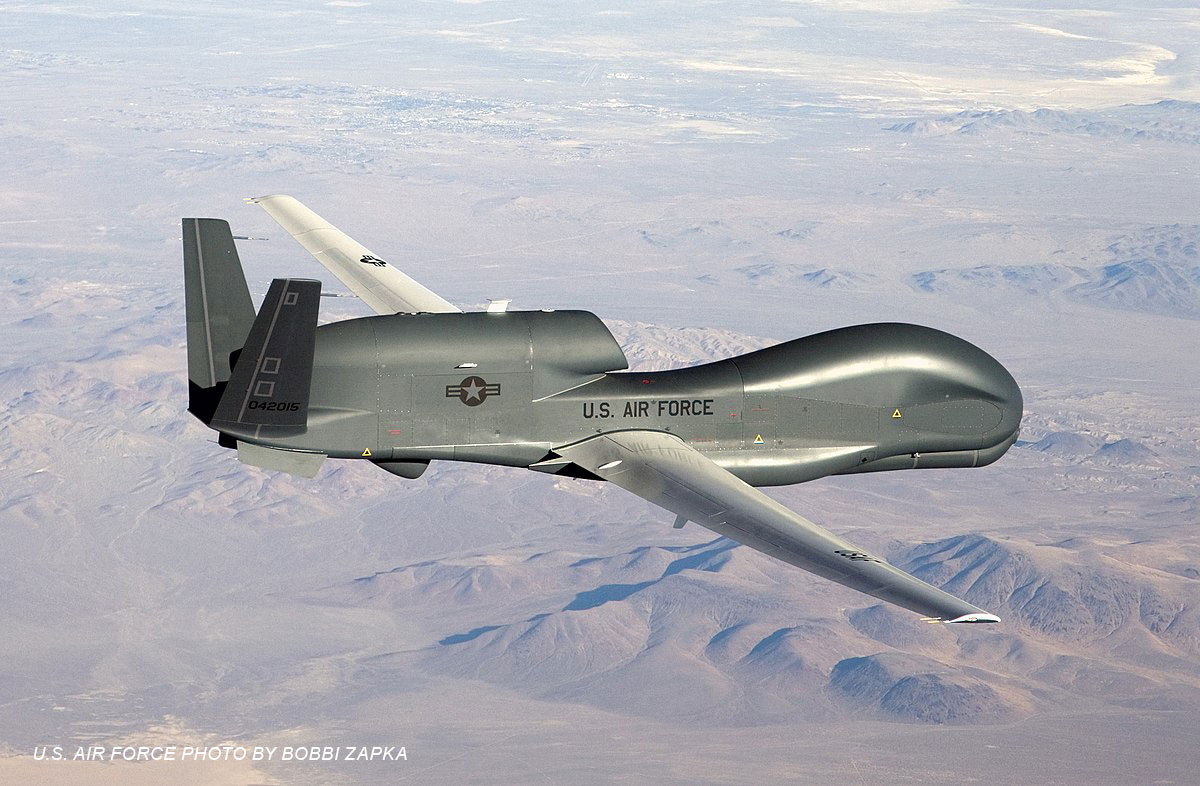4 Key Takeaways from the Passage of the National Defense Authorization Act (FY22 NDAA)

These days in Washington, passing any sort of legislation is hardly a given. Yet, for the last six decades, one important piece of government business has reliably risen above partisan divide and stalemate: the National Defense Authorization Act (FY22 NDAA).
The FY22 NDAA was recently signed into law for the 61st consecutive year, authorizing funding to the Department of Defense (DoD) and enabling Congress to appropriate dollars to start new programs and execute on strategic priorities of the country’s defense forces upon the passage of a federal spending bill. This year’s NDAA authorized $770B worth of funding, a 5% increase from the previous year’s budget.
At SparkCognition Government Systems (SGS), we are excited about the sections of the FY22 NDAA that speak directly to artificial intelligence (AI) and indicate both progress and potential for innovation and technology for the DoD moving forward.
We are pleased to observe the consistent focus on AI within the bill, which mentions artificial intelligence 59 times, by our count. More than ever, there is a clear emphasis placed on AI as a pivotal technology for the DoD today—a view that aligns directly with our position that the continued advancement of key AI technology underpins America’s competitiveness and global military leadership in the 21st century.
While the final bill comes in at over 900 pages, we wanted to highlight four key takeaways that we feel are most impactful to AI for national security and defense.
Takeaway #1: DoD is showing signs of maturity in deploying AI technologies to its warfighters
A key sign in the advancement and maturity of AI for national security and defense is the desire and request to track progress and metrics for the technology.
Sec. 226 (Review of artificial intelligence applications and establishment of performance metrics) does exactly that, requiring the Secretary of Defense to develop and report out related findings no later than 120 days after the signature of the bill.
The focus of this review falls into 4 key areas:
- AI modernization activities
- Exercises, wargames, and experimentation
- Logistics and sustainment
- Business applications
Furthermore, this report will focus on skill gaps within the department and establish the necessary plan to fill gaps in the current talent pipeline.
We anticipate this report will shed light on the current state of AI within the DoD and enable further discussion, engagement, and action moving forward to ensure the U.S. is not just competitive, but the leader of AI globally.
Takeaway #2: DoD is expanding its use of commercial AI companies to support key programs
The Joint Common Foundation (JCF) program is one of the key programs launched a few years back by the Joint Artificial Intelligence Center (JAIC) to establish a common operating platform and data readiness.
Sec. 227 (Modification of the joint common foundation program) amends the approach of this program and enables the Secretary of Defense to take actions to “increase the number of commercial artificial intelligence companies eligible to provide support to Department of Defense components”.
The section also directs the use of commercial contracting methodologies to open the aperture on companies who can support this effort and establishes the objectives of the JCF, which include:
- Relieving Department of Defense components of the need to design, develop, or independently contract for the computing and data hosting platforms and associated services on and through which the component at issue would apply its domain expertise to develop specific artificial intelligence applications.
- Providing expert guidance to components in selecting commercial platforms, tools, and services to support the development of component artificial intelligence applications.
- Ensuring that leading commercial artificial intelligence technologies and capabilities are easily and rapidly accessible to components through streamlined contracting processes.
- Assisting components in designing, developing, accessing, or acquiring commercial or non-commercial capabilities that may be needed to support the operational use of artificial intelligence applications.
- Enabling companies to develop software for artificial intelligence applications within secure software development environments that are controlled, sponsored, required, or specified by the Department of Defense, including PlatformOne of the Department of the Air Force.
Takeaway #3: NSCAI final report continues to influence the advancement of AI in national security and defense
The National Security Commission on Artificial Intelligence (NSCAI) final report was published in March 2021. As we wrote in our blog at the time, we believe this report was of utmost importance to the advancement of AI technology for national security and defense.
Sec. 247 (Reports and briefings on recommendations of the NSCAI regarding the DoD) establishes that the Secretary of Defense will submit a report on the recommendations made by the NSCAI on an annual basis to include:
- For each such recommendation, a determination of whether the Secretary of Defense intends to implement the recommendation;
- In the case of a recommendation the Secretary intends to implement, the intended timeline for implementation, a description of any additional resources or authorities required for such implementation, and the plan for such implementation;
- In the case of a recommendation the Secretary determines is not advisable or feasible, the analysis and justification of the Secretary in making that determination; and
- In the case of a recommendation, the Secretary determines the Department is already implementing through a separate line of effort, the analysis and justification of the Secretary in making that determination.
We believe the continued emphasis on this historically significant report will ensure focus is not lost and progress is maintained on its key recommendations.
Takeaway #4: DoD emphasizing creative acquisition approaches for AI technology
Section 803 (Authority to acquire innovative commercial products and commercial services using general solicitation competitive procedures) creates a pathway to enable the permanent authorization of the use of Commercial Solution Openings (CSOs) to acquire innovative commercial products and services.
This is undoubtedly a positive step forward in the development and transition of commercial technologies into the DoD.
That said, we consider it essential that any government AI solution not only incorporate and build from the benefits and intelligence from its previous commercial success but also be specially adapted to the unique needs of the government customer they are supporting. The U.S. government is not like any other customer in the world. To scale AI adoption across the military branches, the DoD should seek trusted AI partnerships in the commercial sector more than any single product or service.
It remains our view that the DoD will be best served by commercial partners with a government-ready solution made up of products and processes specifically tailored for government adoption, not just a ported-over solution.
Closing thoughts: Funding AI innovation is a strategic imperative
As U.S. Representative Adam Smith, Chairman of the House Armed Services Committee said after the FY22 NDAA was signed into law:
“Ultimately, this year’s NDAA focuses on what makes our country strong: our economy, diversity, innovation, allies and partners, democratic values, and our troops.”
Even in today’s highly divided political climate, on this, we can all agree.
At SGS, it is our unwavering mission to support the innovation pillar of our nation’s defense planning and operations—applying trusted and tested next-generation AI systems to address critical national security initiatives. With the passing of our nation’s most AI-focused NDAA budget yet, we look forward to expanding opportunities to bring our proven commercial technologies, AI expertise, and decades of combined national security experience to bear for the DoD.
Recent Posts

Redefining Contested Logistics: How AI Can Optimize the Navy’s Refueling Operations

America’s Great-Power Opportunity: Author Ali Wyne’s Visit to HyperWerx

AI empowers logistics and readiness for Army 2030

Realizing the impact of AI in autonomous warfare
